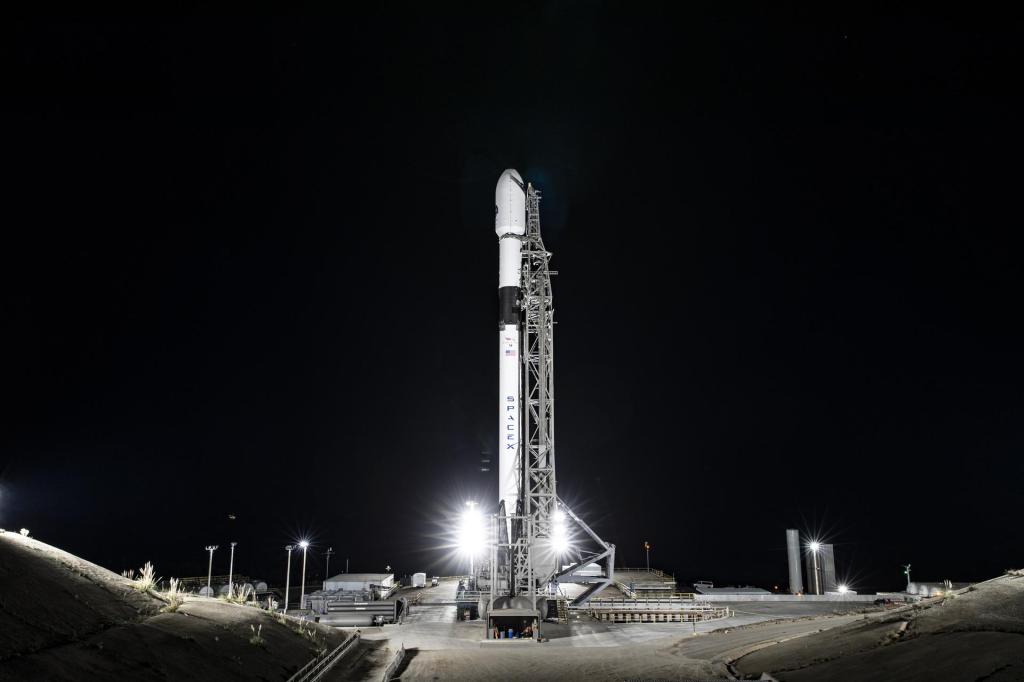Ring of Light
| PIA Number | PIA08211 |
|---|---|
| Language |
|
Dazzling Titan glows with a 360-degree sunset as light scatters through its very extended atmosphere. Some structure is visible in the hazes of the northern polar hood.
To the left is Janus (181 kilometers, or 113 miles across), far off on the opposite side of the ringplane. The rings show their unlit side to Cassini, as the spacecraft viewed them from slightly above the ringplane.
A world with strikingly Earth-like physical processes, frigid Titan is Saturn's largest natural satellite, at 5,150 kilometers (3,200 miles) across. Titan's image is saturated at the 5 o'clock position.
The view was acquired in visible light with the Cassini spacecraft narrow-angle camera on June 2, 2006 at a distance of approximately 2.3 million kilometers (1.5 million miles) from Titan and at a Sun-Titan-spacecraft, or phase, angle of 163 degrees. Cassini was 3.7 million kilometers (2.3 million miles) from Janus. Image scale is 14 kilometers (9 miles) per pixel on Titan and 22 kilometers (14 miles) on Janus.
The Cassini-Huygens mission is a cooperative project of NASA, the European Space Agency and the Italian Space Agency. The Jet Propulsion Laboratory, a division of the California Institute of Technology in Pasadena, manages the mission for NASA's Science Mission Directorate, Washington, D.C. The Cassini orbiter and its two onboard cameras were designed, developed and assembled at JPL. The imaging operations center is based at the Space Science Institute in Boulder, Colo.
For more information about the Cassini-Huygens mission visit http://saturn.jpl.nasa.gov . The Cassini imaging team homepage is at http://ciclops.org .
Credit: NASA/JPL/Space Science Institute





























